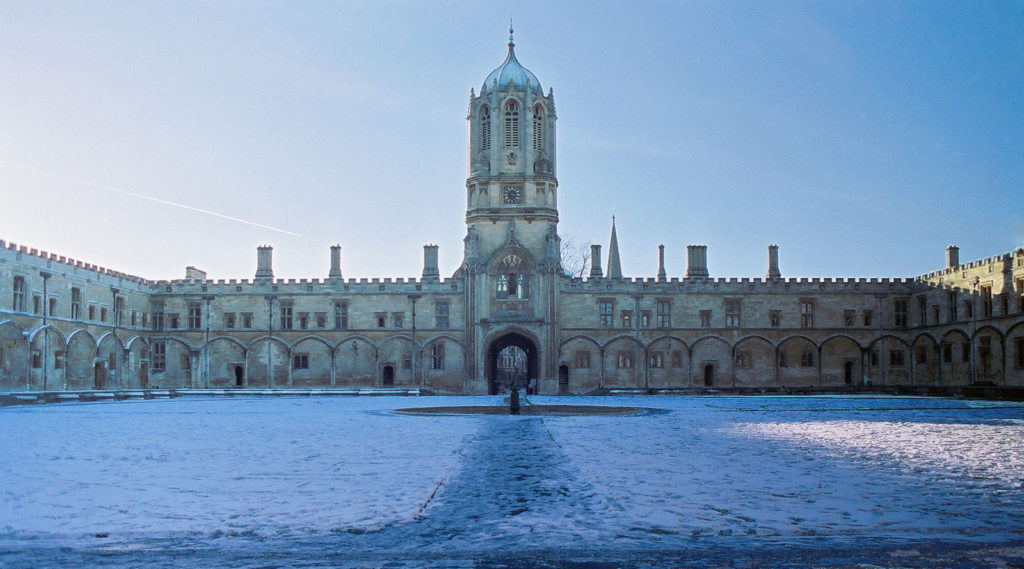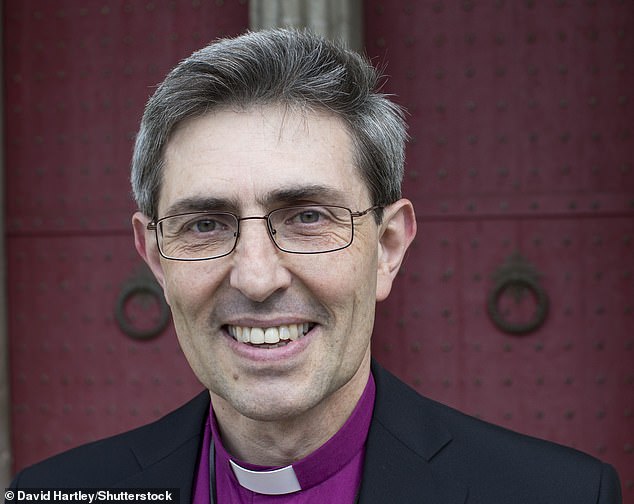
All of us have been profoundly disturbed and dismayed by the events currently going on in Ukraine. Few of my readers will have any direct links with the country and thus many of us will have had to cram up on reading a bit of historical/political background to make some sense of the unfolding drama. I have a tiny emotional involvement with the country of Ukraine which comes from a meeting I had some years ago, when I was acting as a bank chaplain at my local hospital. There I met a remarkable Ukrainian man who was a patient. He was born in 1928, so he had lived through a succession of catastrophic episodes in the history of his country before coming Britain in the 1950s. As a small child living in the countryside, he and his family had gone through the terrible famines of the 30s, when millions starved to death. This was a by-product of Stalin’s struggle against the kulaks or prosperous peasant class. Ten years or so later, Ukraine suffered the depredations of the invading German army. This was followed three years later by the recapture of his homeland by the Soviet army. Both armies treated the ordinary people appallingly. The Soviet’s reason for persecuting the ordinary working people derived from an intense suspicion of the whole population. In 1941 some Ukrainians had welcomed the Germans initially as liberators, because the invaders were pretending to be freeing them from Stalin and the Communist yoke.
The 20th century history of Ukraine is enormously complex and, as well, has been extremely dangerous for those who live there. Nevertheless, my hospital patient had lived through much of it in his youth and was still alive in his late 80s. He was, I think, grateful to talk to someone who had an interest of the history of his former homeland. This current invasion evokes, for some, previous episodes of incursions of destructive foreign armies as they make their way across the vast flat plains of the country. We have no idea what the future will bring for this unhappy nation, but there are some grounds for feeling some hope that things may not end in complete disaster.
What are my reasons for having a modicum of hope in this dreadful situation? The first reason for feeling hope is that there is an extraordinary act of foolishness for a president to send his troops off to war without allowing them to know for what cause they are fighting. Putin has seemingly become so confident in his grasp of power over the Russian people that he has omitted to pay attention to this basic requirement of war. Soldiers always need to understand and believe in the cause for which they are fighting. Without any sense of purpose, history suggests that even the best equipped armies will be far less effective, especially when the ‘enemy’ looks and sounds very much like they are.
The second ground for hope is that the Russians army is , at the time of writing, facing stiff resistance. The cost of the war for the Russians is, apparently, some £15 billion a day. It is doubtful that the Russian war chest is big enough to withstand a prolonged conflict, especially when under economic attack from the whole of the rest of the world. But the greater challenge to the Russian cause is that the miasma of lies explaining the war to the general public is beginning to come apart at the seams. The Russian authorities have been long preparing for a war where they could be portrayed as an army of liberation, rescuing a benighted and persecuted Russian speaking minority from a ‘Nazi’ dominated government based in Kyiv. American intelligence helpfully undermined the government’s narrative, by announcing each of the ‘provocations’ or ‘false flag’ events before they actually happened. Somehow, the announcement by Moscow that Ukraine’s government was shelling their own people did not sound to be a very convincing item of ‘news’. Through the work of their intelligence services, the Americans seemed to know all about this and other forms of propaganda before they were released as ‘news’. Putin’s reasoning and justifications for the Ukraine invasion have also drawn on so many extraordinary and completely bogus historical claims that no one seems to know what the real reasons for war might actually be. Lies are hard things to manage because, when truth disappears from a narrative, it is quite difficult for all the different stakeholders to remember the version of the lie that they are supposed to be upholding.
When lies become embedded in a narrative or an institution, they make that structure very brittle and fragile. It only takes one person to see that the Emperor is not as well dressed as he was supposed to be to create a fissure in the organisation that cannot easily be repaired. Lies or the suppression of truth may work for a while in any setting, but the truth has a habit of eventually coming out. Putin’s lies as well as his paranoid behaviour will be eventually completely understood even more that they are at present. Even if the Russians overcome the Ukrainian army in the present round of conflict, the real story, the account of Ukrainian courage amidst their suffering will continue to resonate for decades and centuries to come. When we talk about the verdict of history, we are talking about something very powerful indeed. All the myths and fake propaganda coming out of Russia, will quickly be forgotten by future generations. They will demand to know the truth, free of any political garnish. The weaknesses of the Russian perspective on the war have now become so clear that few people will take the trouble even to remember what is being said as the official narrative. History will be clinically factual and brutal in its critique of the despicable power games being played by the Russian president. Can Putin do anything to reverse the impression that his only real concern in being head of the Russian people is to protect the massive amounts of wealth that he has looted from his own people over the past 20 plus years?
The Ukrainian war has already lasted four days (I am writing this on Sunday). The fact that the Ukrainian people have the will and determination to resist, in spite of the overwhelming and sophisticated weapons being used against them, is remarkable. Every act of resistance shows that the myth, that Ukrainians are desperate to be rescued from an oppressive government, is a lie. Every hour of fighting makes this particular Russian Putinesque propaganda less credible. The country has already produced its own martyrs. Individuals have given their lives defending their motherland and, no doubt, there will be many more. Among them is Vitaly Shakun who blew himself up along with a bridge he was defending, thus delaying the Russian advance. Martyrs in the Christian tradition had the power to convince the cruel and jaded culture of the Roman empire that there are other ways to live. Altruism, self-sacrifice and humble service still have power to create complete change in others. We see echoes of the early Church in the events of today in Ukraine. The one who has the political and military power (like the Roman Emperor or the Russian army) may appear to be victorious, but not in the eyes of posterity.
The fate of the Ukrainian people is still very much in the balance. The hope is that whatever their short-term suffering, the long-term result for the nation will be that the cause of truth and the triumph of honesty and integrity will have the last word. Indeed, the heroes of Ukraine shine like a bright light when compared with the cynical obsession with wealth and power that is the main concern of the real enemies, the Russian elite and the President. Although the current Ukrainian heroism is inspired by political and nationalistic factors, there is a lesson for Christians. Ukraine is not simply a reminder of something close to our tradition of Christian martyrdom; it is also a prompt to remind us that all Christians as well as their institutions stand under the judgement of history. If and when Christian institutions play fast and loose with integrity and honesty, they too will be judged harshly by the future.
The theme of this blog has meant that I, as editor, have become very sensitised to the issue of integrity in Christian institutions. Like my readers, I have looked on while the reputations of both institutions and individuals have been reassessed or even trashed by the power of the verdict of history. Like the Russian state, there are some church entities whose reputations have been sustained by wealth, power or legal protections. These have then dissolved when the truth about their activities has later emerged. No amount of money can buy off the verdict of history. Safeguarding stories lead the list of narratives that have powerfully shredded reputations. Andrew Graystone’s work on the Smyth affair has revealed how a clique of powerful churchmen has protected the institutional interests of a social religious elite over a long period of time. Another book, yet to be written, will uncover how institutions and wealth have been allowed to persecute in order to preserve privilege and power at Christ Church Oxford. In short, the professional historians of the future will, no doubt, be revealing the shame, the subterfuge and the lies that have sometimes become enmeshed in the power structures of the Church of England and other denominations that protect the interests of a few. The thing that constantly amazes those of us who get involved in the sensitive details of safeguarding scandals, is how many apparently upright individuals are prepared to sacrifice their integrity when tempted by the gratifications of power and influence. To misquote Scripture once again. For what is a man profited, if he shall gain the whole world, and lose his integrity, his reputation and his honesty? President Putin has amassed the largest financial fortune that the world has ever seen, but it seems that he will end up the most despised individual of this century. How many others, even in the Church, are following him in a small way by submitting to the temptation of gaining institutional and personal power but losing their integrity in the process?







